- Home
- Military & Defense
- The history of the Navy SEALs, America's most elite warriors
The history of the Navy SEALs, America's most elite warriors
There are only around 2,000 active Navy SEALs — and they endure maybe the hardest military training anywhere in the world.

A retired SEAL explains that during the rigorous training known as "hell week," "you stay up for 120 hours ... and you get about 3 or 4 hours sleep."
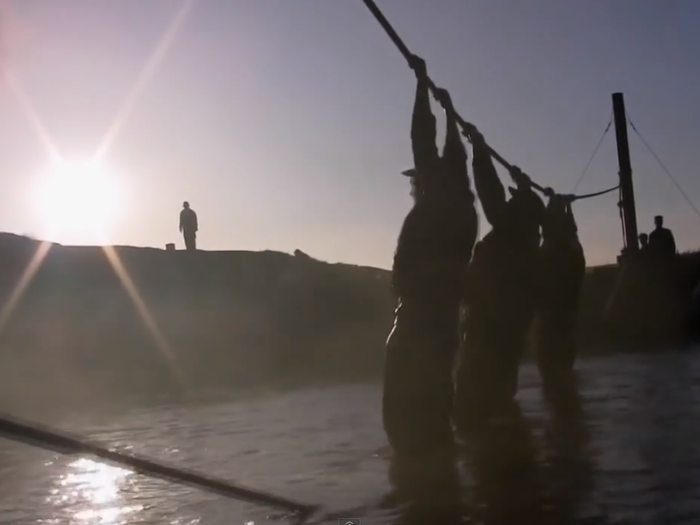
Here trainees swim with their hands bound behind their backs, a feat only excellent swimmers can pull off.
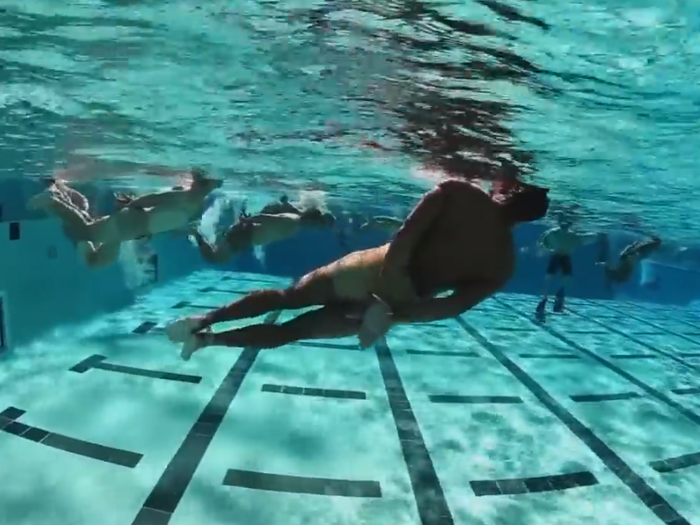
Fewer than 10,000 Navy SEALs have ever lived. But their influence on American war-fighting has been huge.

SEALs stands for sea, air, and land.
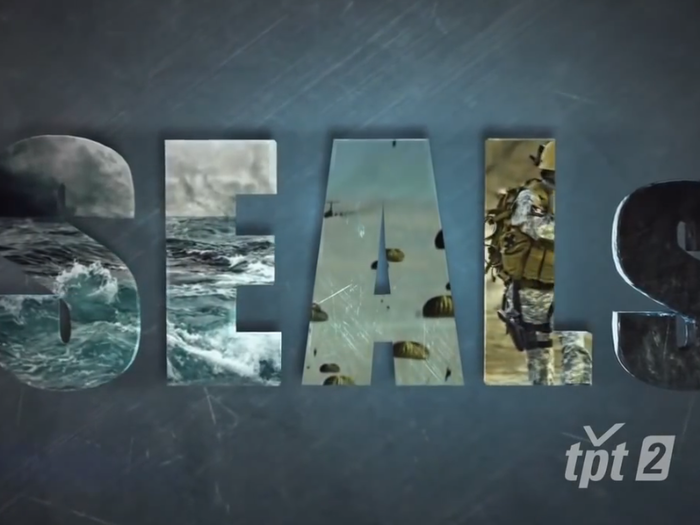
The SEALs now operate in a number of landlocked countries, like Afghanistan. It's a result of the force's long evolution.
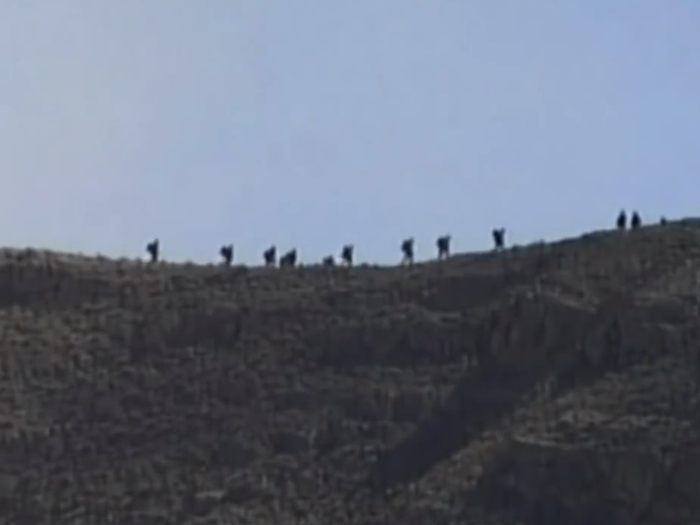
Though they were not then called by that name, "the SEALs were born in World War II — of two oceans, for two kinds of demolition work."
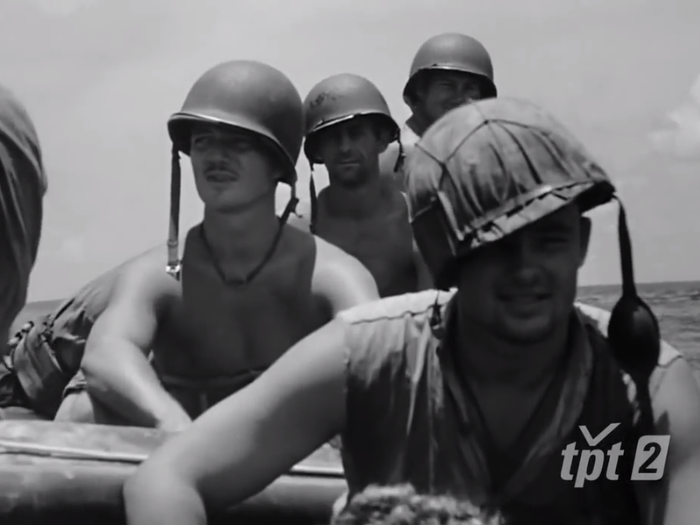
In the Pacific, they cleared the way for amphibious landings by destroying underwater obstacles ...

... and they "blew open the gateway to Europe for D-Day."
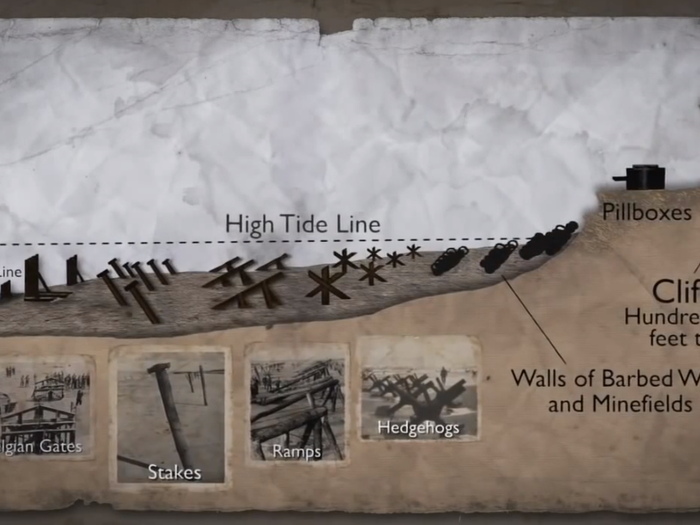
For expertise in this type of unprecedented demolition work, the US Navy turned to Draper Kauffman, a nearsighted US Naval Academy graduate who had failed to gain commission, but had successfully disarmed a 500-pound bomb at Pearl Harbor.

Kauffman created the training program known as hell week in Fort Pierce, Florida. ""Every time you see guys lifting up a log, that started right here at Fort Pierce," as did "boat teams going out through the water," says Rick Kaiser, a retired SEAL Master Chief.
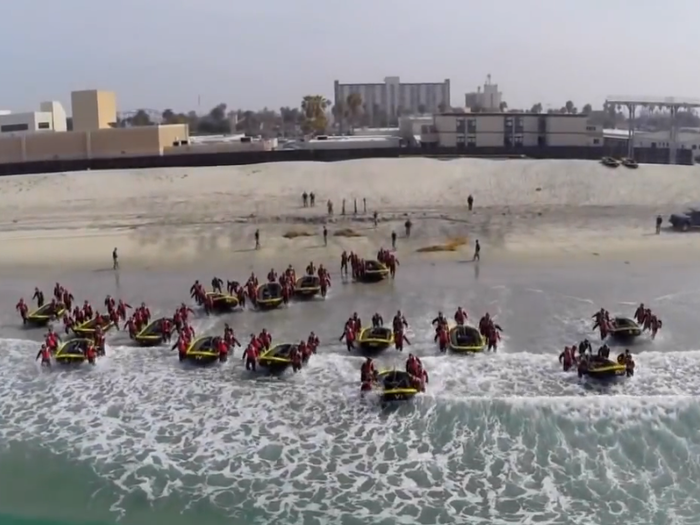
Alongside engineers, the Navy combat demolitions units that preceded the SEALs blasted open 5 of the 16 corridors drawn in the plans to invade Normandy. More than one in two NCDU members died in the effort.

In the Pacific, combatants known as "naked warriors" operated in advance of amphibious assaults, destroying obstacles and measuring the depth of the waters around them.
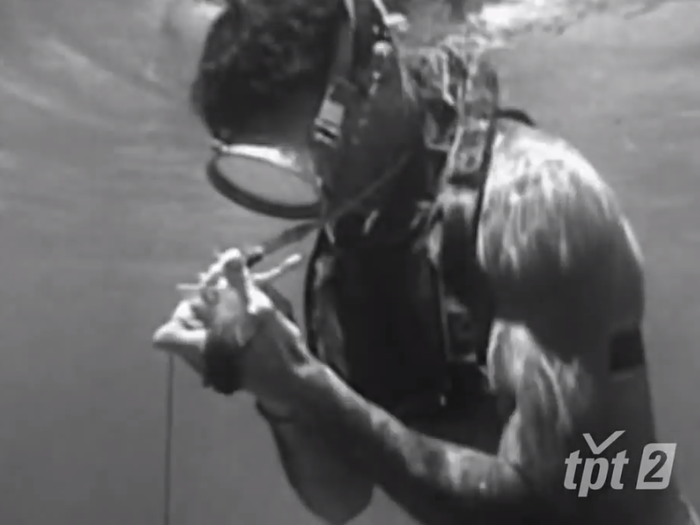
The covert Office of Special Services Maritime Unit used new scuba gear, submersible canoes to transport individuals, and even floating mattresses like the one pictured here.
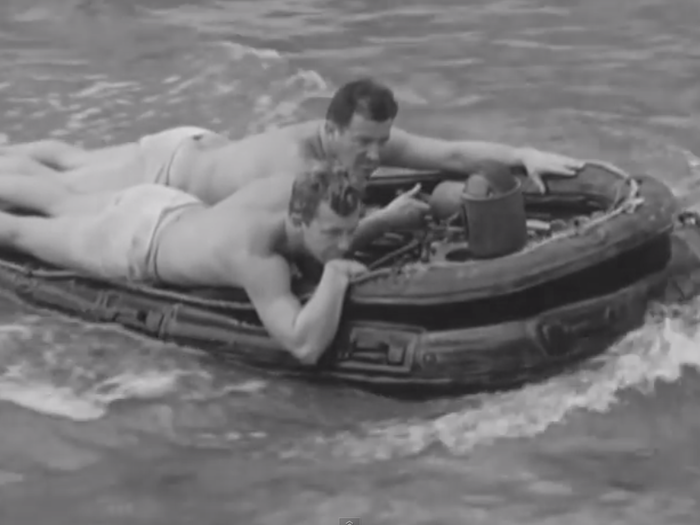
In the Korean War, their services of the SEALs' predecessor groups would again be needed.
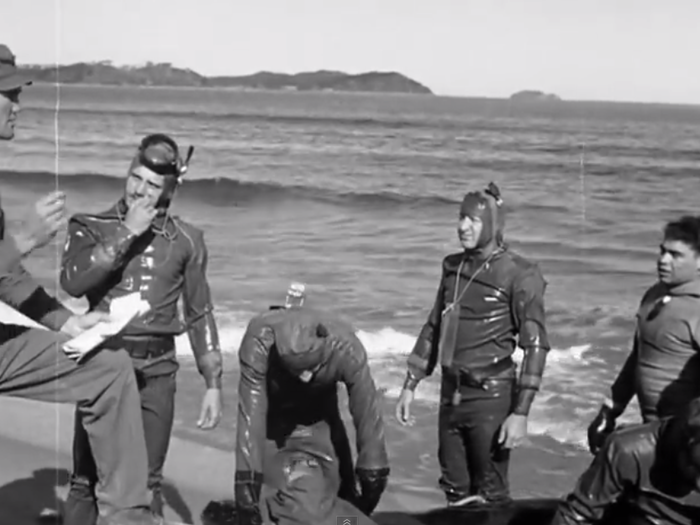
During the war, SEALS were sent to cut the cables mooring Soviet-supplied mines in Wonsan Harbor.
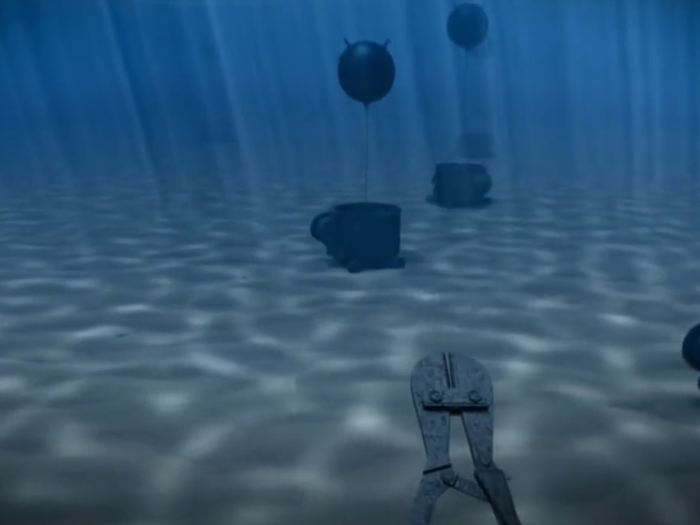
Korea marked the first time that SEAL-type operators moved their work inland — although they continued to carry out missions at sea.

In 1961, President John F. Kennedy would call for the creation for forces that could conduct "paramilitary operations, and ... unconventional wars." The next year, SEAL teams One and Two were born, stationed in California and Virginia.
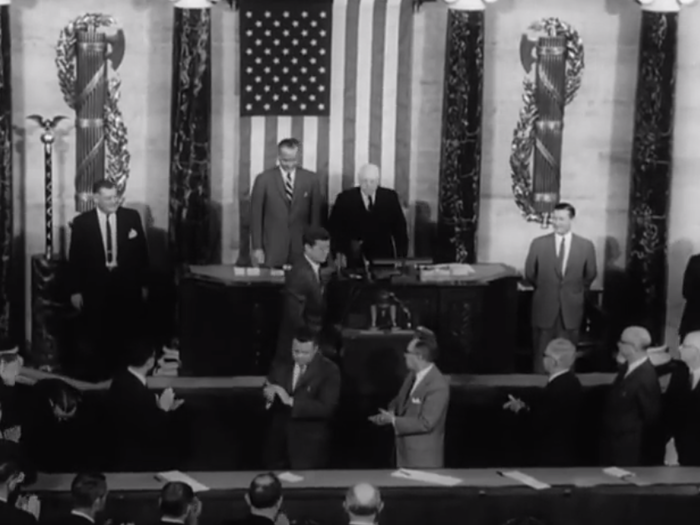
Just ten days after their creation, some Navy SEALs were deployed in Vietnam in an advisory role before taking up arms themselves in 1966. "We had rules of engagement, but I recalled no restrictions whatsoever," says Rick Woolard, a retired SEAL captain. "In fact, it was a playground."
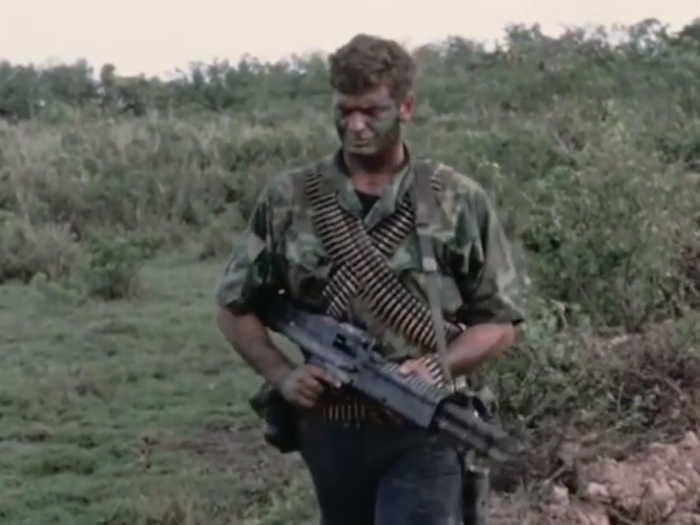
The Navy SEALs have their share of tragedies, too. In the invasion of Grenada in 1983, four US Navy SEALs died after parachuting in heavy winds and rain.
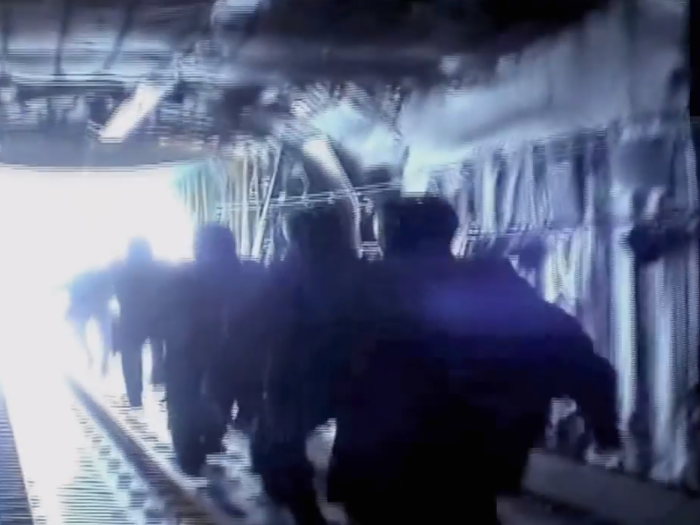
SEALs were also involved in the Black Hawk Down incident ten years later. The failure of the US mission in Somalia led to "the Mogadishu effect": the US withdrew it troops from the Horn of Africa, while "fear of public humiliation underscored many future US foreign policy decisions."

During the war in Afghanistan, however, a team of SEALs may have prevented a disaster. In late 2002, a team of SEALS was sent ahead of a group of helicopters in the restive Shahikot Valley, where they encountered a small group of Al Qaeda militants equipped with an anti-aircraft machine gun ...
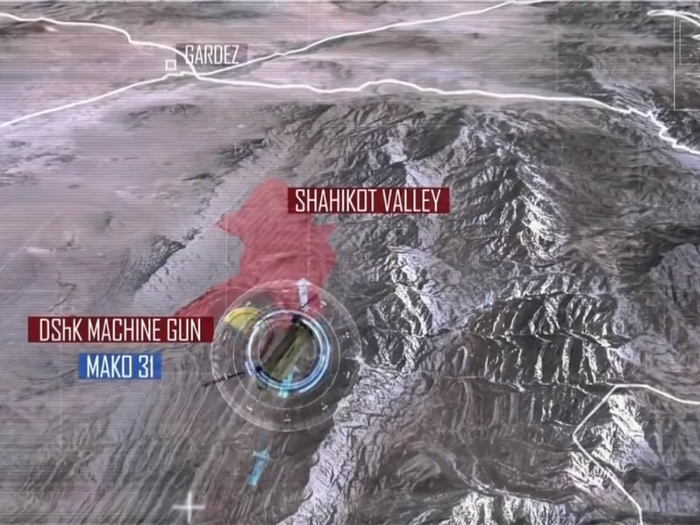
They waited to open fire until just before the helicopters' approach, then called in a gunship to help them kill those that had fled — possibly saving the lives of the soldiers flying in behind them.
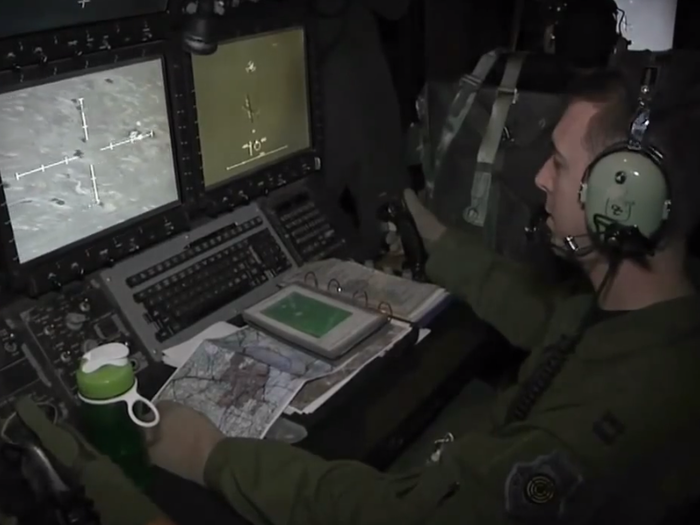
The documentary touches on one of the SEALs' most iconic operations: the raid that ended Osama bin Laden's life on May 2, 2011.
It recounts how 23 SEALs made a 90-minute trip aboard two prototype stealth helicopters to to bin Laden's compound in Pakistan. "On the third floor, they found and killed the world's most wanted terrorist."

For over 70 years, the SEALs and their predecessors faced the biggest military challenges that the times threw at them — whether it was destroying enemy ships and mines, or killing terrorists deep in enemy territory.
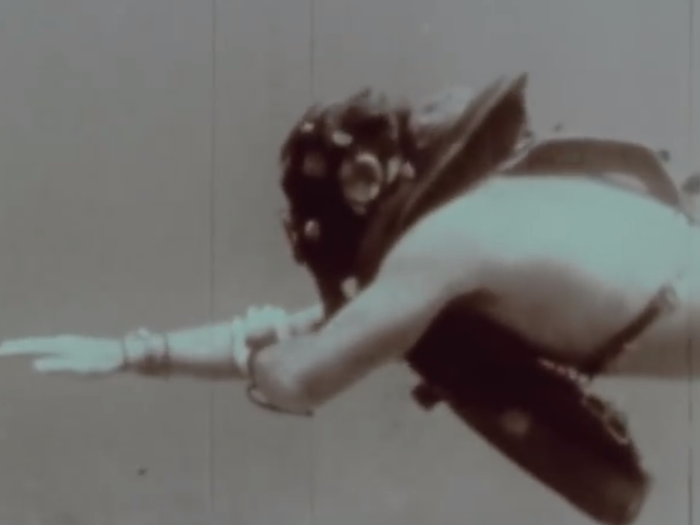
Popular Right Now
Popular Keywords
Advertisement